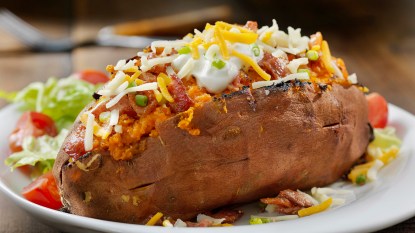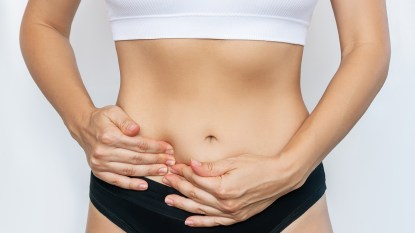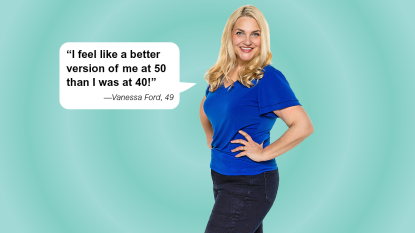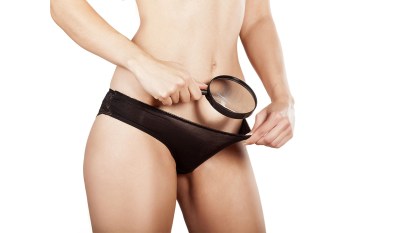6 Ways to Control Post-Menopausal Weight Gain
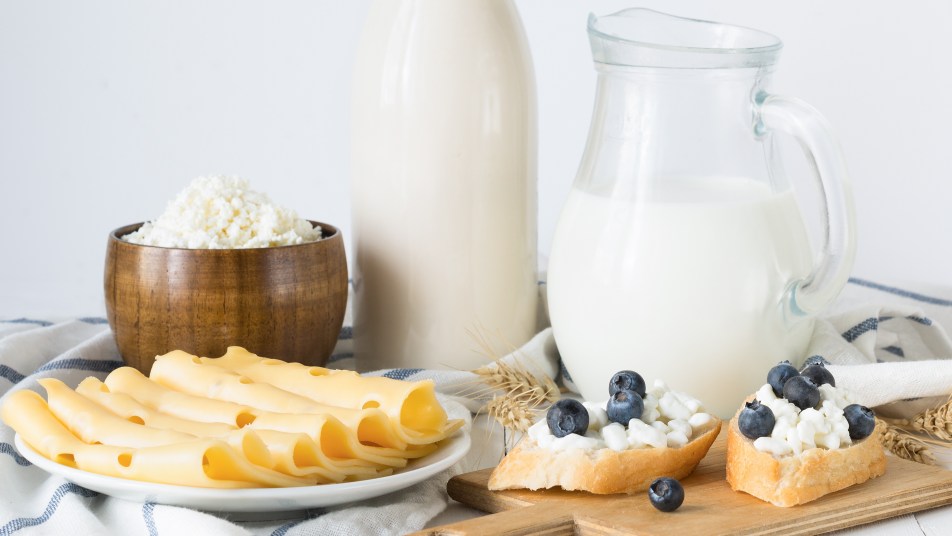
It’s frustrating: At least 90 percent of us gain weight — 13 pounds, on average — after we pass through menopause. To stop this from happening, or to slim down if you’re already feeling it, check out these expert-approved tips.
Make a steak.
Think you’ll need to eat much smaller, lighter meals after age 50 to keep your weight in check? Not true! Postmenopausal women who consume 1,400 calories daily — and get 1/3 of those calories from red meat — shed up to 23 pounds in 90 days, research shows. Red meat lowers brain levels of galanin, a hormone that revs appetite. Not a fan of red meat? Choose skinless poultry, fish, or protein powder instead.
Bonus: Protein-rich meals prod your brain to make healthy food choices, adds Daniel Amen, M.D., author of Unleash the Power of the
Female Brain.
Enjoy some cheese.
If you avoid creamy Brie, whole milk, and other full-fat dairy because you think it’s fattening, consider this: At least 11 studies suggest that women who eat or drink it are less likely to gain weight when they hit menopause — and are twice as likely to successfully lose weight on any diet. The combination of natural fats, calcium, and amino acids in full-fat dairy helps you burn blood sugar for fuel before it can be converted into body fat, say University of Tennessee researchers.
The study-proven dose: Two to three servings daily. (A serving is eight ounces of milk or yogurt, 1-1/2 oz. of any kind of cheese, or 1/2 cup cottage cheese.)
Snack on dried fruit and nuts.
Menopausal women who curb hunger pangs by eating one ounce of dried fruit take in 54 percent fewer calories for four hours, Canadian studies suggest. And snacking on a handful of nuts daily boosts belly fat loss 62 percent in three months.
Minerals in dried fruit trigger production of appetite-taming serotonin. “Nuts are also rich in healthy fats that speed metabolism, flush out fluids, plus switch on liver enzymes that burn belly fat for fuel,” explains Wendy Bazilian, phD., coauthor of The SuperFoodsRx Diet.
Plan shorter workouts.
Doing a couple of super-long workouts weekly may have kept you trim when you were younger, but once you hit 50, getting 20 minutes of moderate exercise seven days a week is actually a better bet. Short daily workouts signal your brain to make growth hormones that enhance fat burn, reveals Diana Schwarzbein, M.D., author of Menopause Power Take Charge Guide. “That growth hormone boost from a bit of daily exercise can shave six years off your looks, and 18 pounds off your figure this year alone.”
Toss a salad.
As the years pass, your fat cells gradually produce less leptin, “a hormone that stops cravings and increases your resting metabolic rate — the number of calories you burn when you’re relaxing,” says Bazilian. What’s more, your brain has a harder time using the leptin that you do produce. A simple fix? Eating 1/2 cup of leafy greens such as spinach and kale every day. They’re packed with carotenoids, nutrients that help your fat cells churn out lots of leptin and help your brain make the most of it, say University of
Tennessee experts. No wonder this trick can help you shed at least 12 pounds in one year.
Still getting your period?
If you’re too busy to work out every day, focus on fitting in lots of exercise during your premenstrual week when levels of the hormone progesterone are 25 times higher than the rest of the month. Progesterone helps your body burn fat during exercise, plus it increases your production of painkilling endorphins, making workouts feel a whole lot easier.
This article originally appeared in our print magazine, Reverse Aging.





